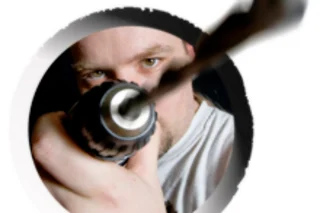Thirteen-year-old Nicholas Rossi took a nasty fall off his bike and hit his head. After picking himself up, he felt fine, so he went home. But when his mom spotted a large bump forming on his cranium, she rushed him to the nearest hospital in their rural Australian town. The general practitioner on call, Rob Carson, recognized that the boy had fractured his skull, causing a potentially fatal blood clot— the type of brain injury similar to what killed actress Natasha Richardson. The hospital didn’t have the necessary tool for proper brain surgery, so Carson went to the closet and nabbed a standard power drill. Before drilling into the boy’s skull, he phoned a Melbourne-based neurosurgeon for advice. He then performed the surgery, relieving enough pressure to save Rossi’s life. Carson’s situation illustrates some of the remarkably low-tech ways doctors can perform operations. A British neurosurgeon routinely uses a cordless ...
Need to Perform Brain Surgery? Better Grab Your Black & Decker
Discover the surprising use of household drills in brain surgery with power tools, saving lives against all odds.
More on Discover
Stay Curious
SubscribeTo The Magazine
Save up to 40% off the cover price when you subscribe to Discover magazine.
Subscribe













